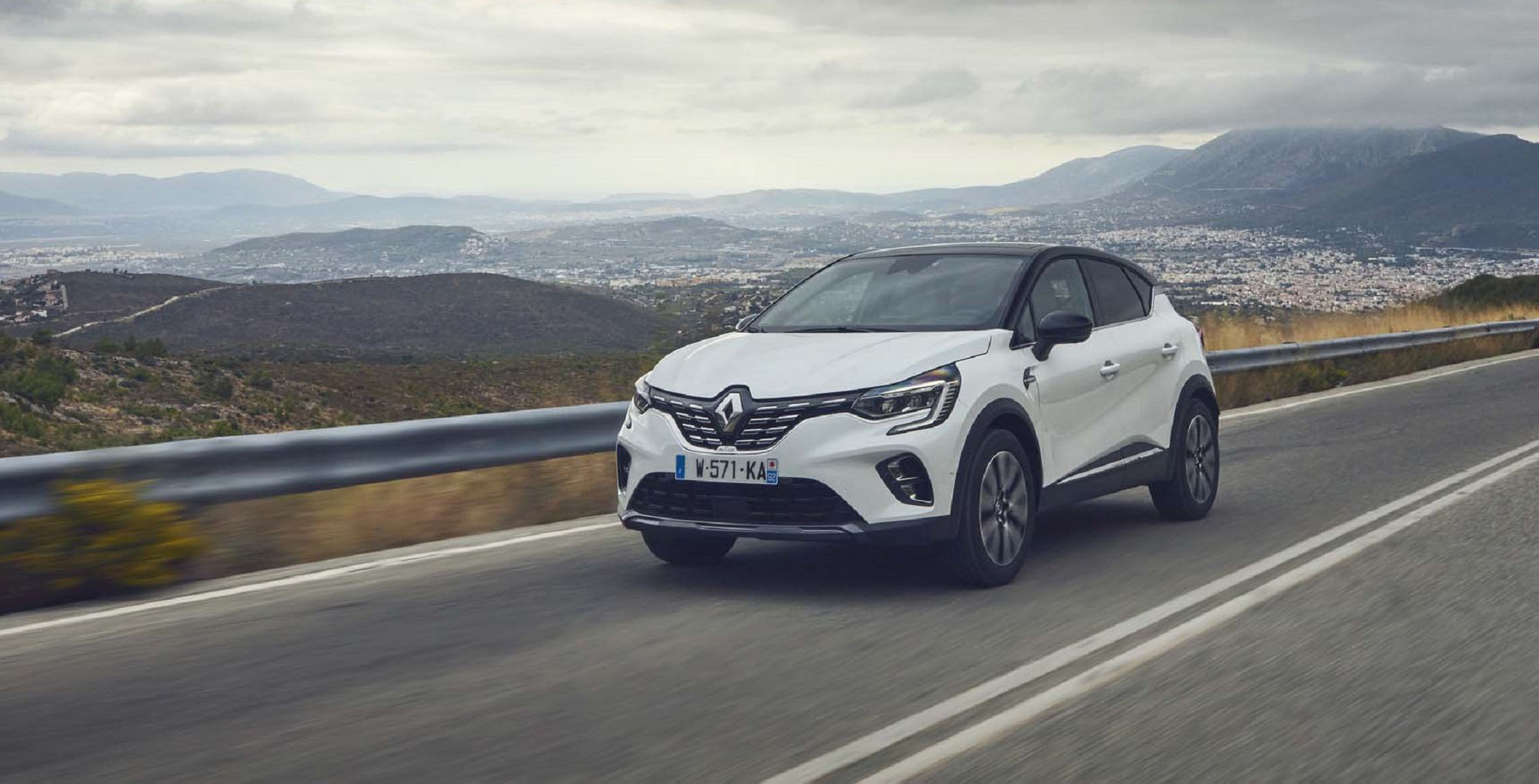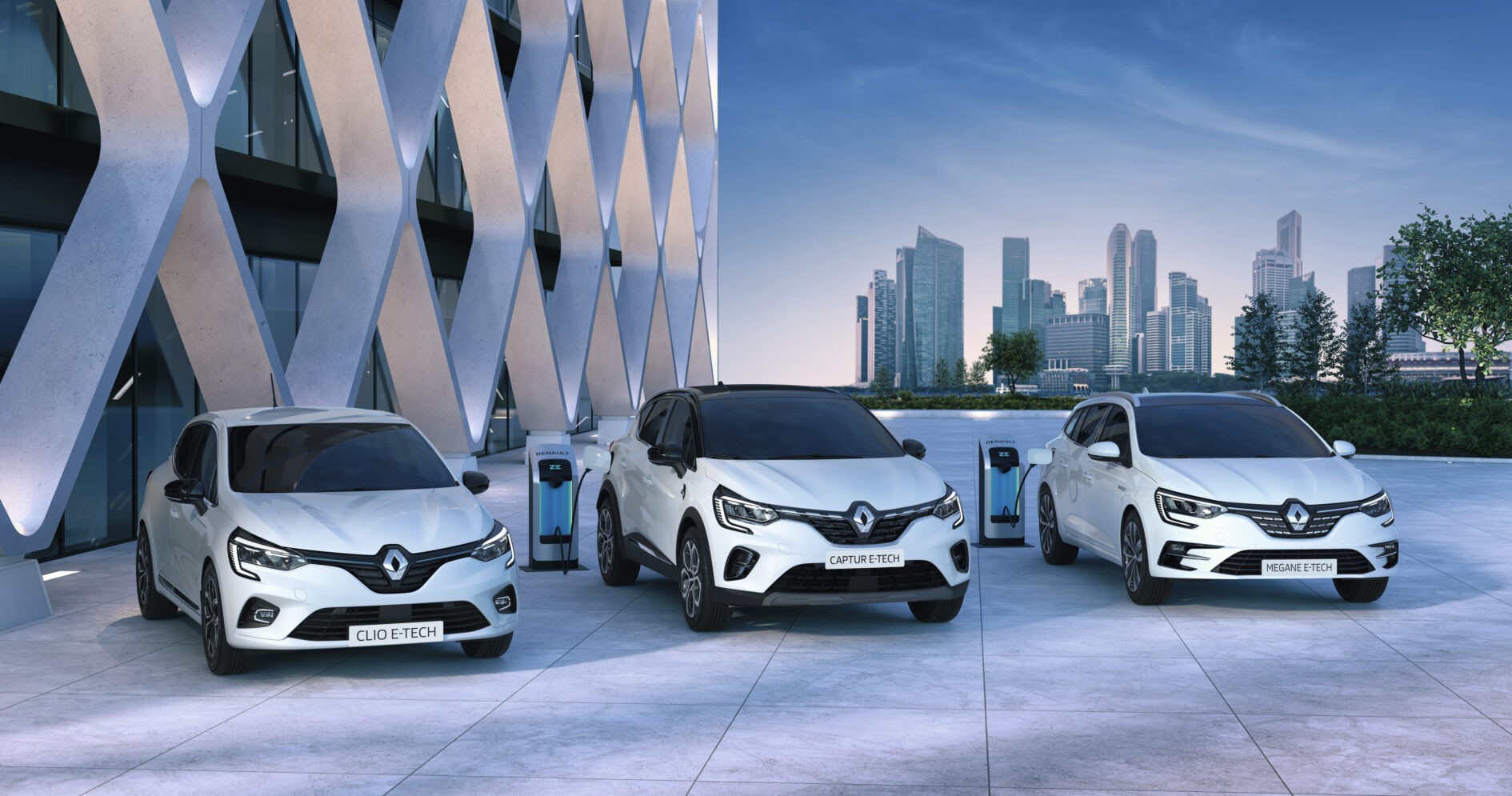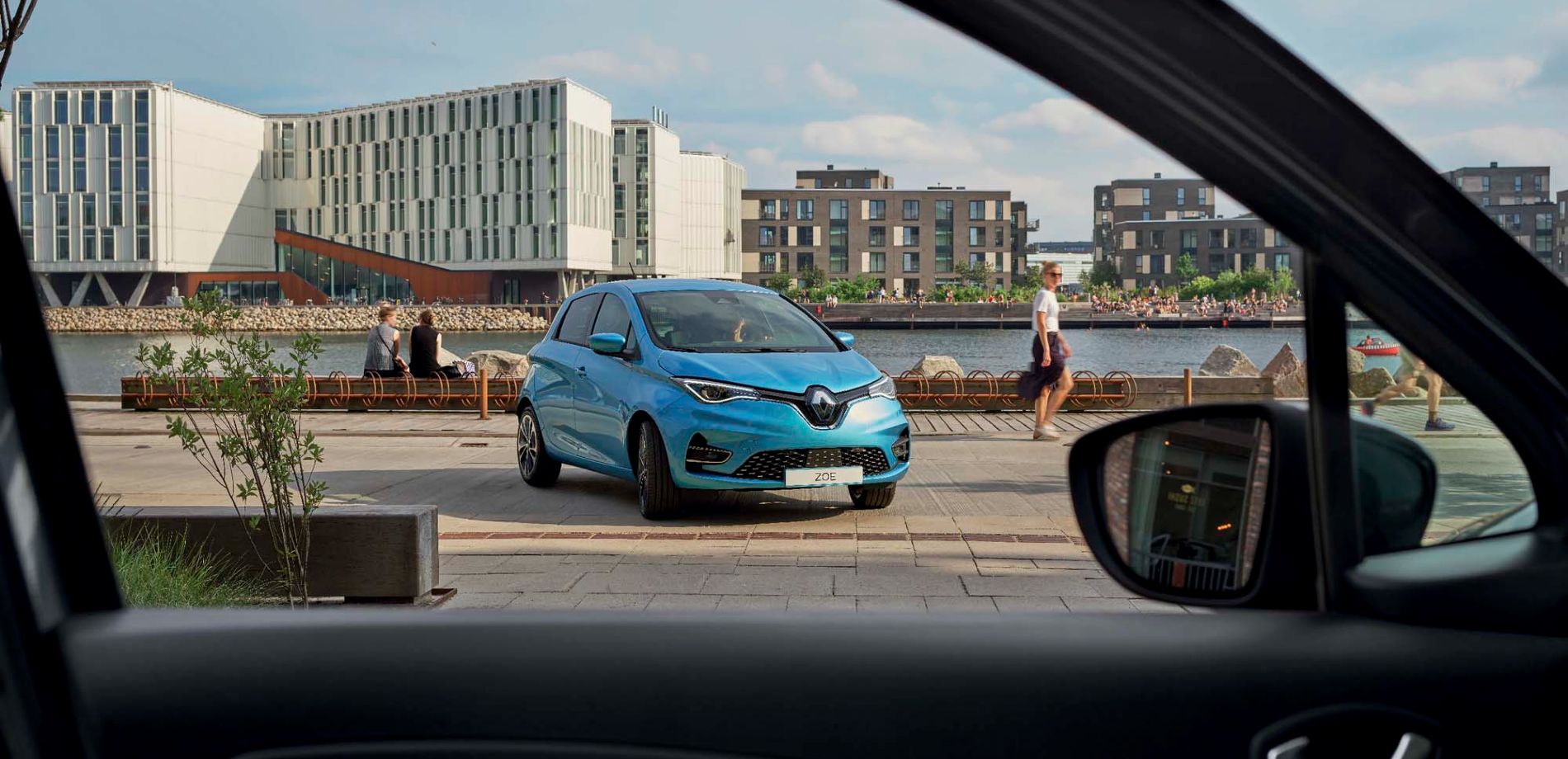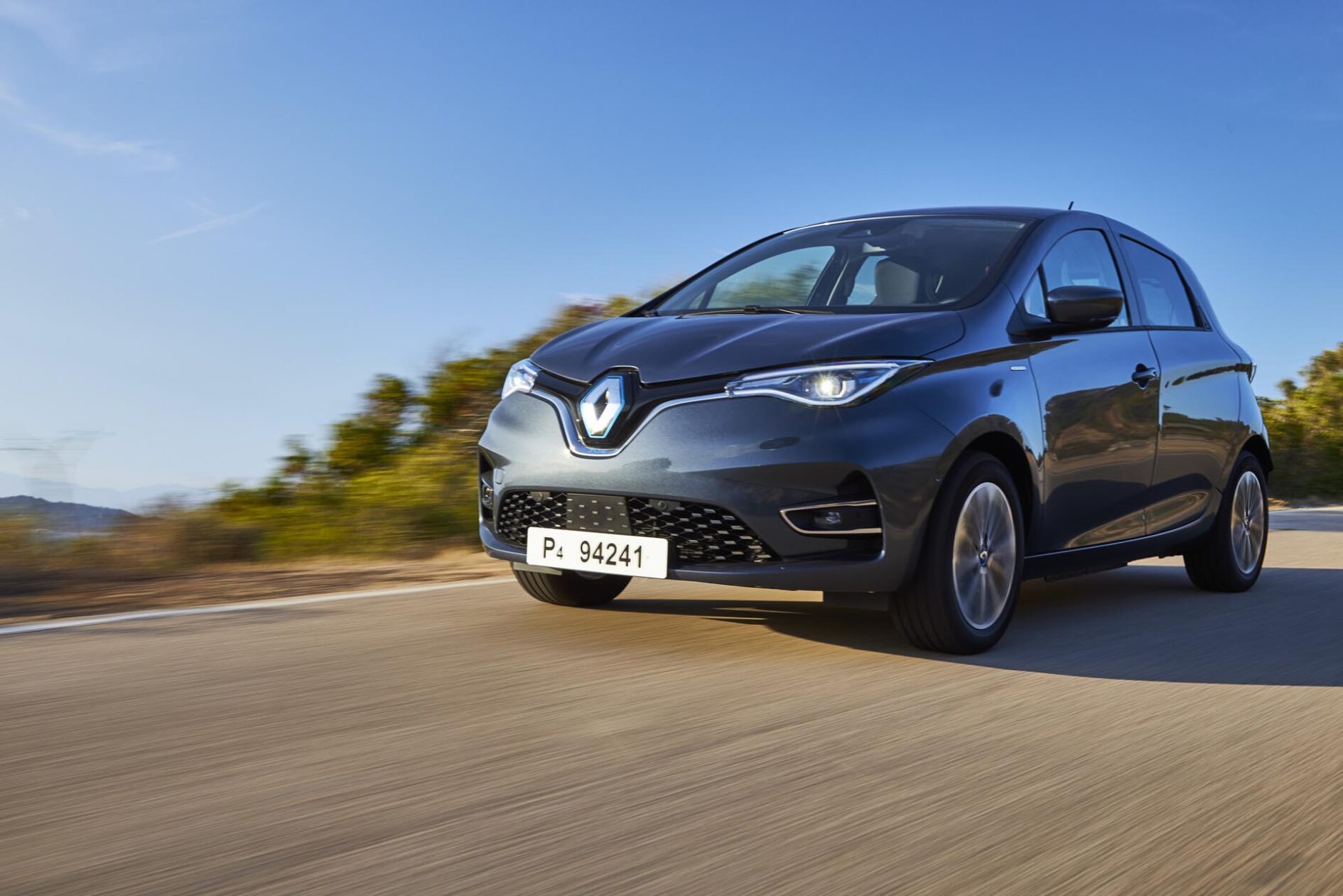

Hybrid cars vs rechargeable cars: the main differences

The idea behind hybrid cars is that they combine a combustion-powered engine with one or more electric motors capable of working either together or in relay. Hybrid vehicles are then sorted into two different categories based on whether or not they have a charging socket.
Traditional hybrid vehicles, called HEVs (Hybrid Electric Vehicles) have a battery with a limited capacity (a few kilowatt-hours) that is recharged exclusively through regenerative braking. These non-rechargeable hybrid vehicles use their electric motor primarily for starting, certain maneuvers, and completing short trips at low speeds. In hybrid cars like the future Renault Clio E-Tech, the electric motor can also assist the combustion-powered engine when accelerating, offering the driver an extra boost of power. This combined mode of operation allows for a more comfortable ride while simultaneously reducing fuel consumption (up to 40% less gas used in city driving.)
Rechargeable hybrid cars, called PHEVs (Plug-in Hybrid Electric Vehicles,) have all the same benefits but also have a more powerful electric motor and a higher capacity battery which can be recharged independently through an external socket. The Renault Captur E-Tech Plug-In, launched in 2020, has a 9.8 kWh battery, which gives it an electric range of 50 kilometers at up to 135 km/h for mixed usage (WLTP*).
Rechargeable hybrid cars thus make it possible to accomplish daily trips in 100% electric mode, without needing to use the combustion-powered engine, and can be charged at home or at work.
What determines the electrical consumption of a rechargeable hybrid car?
Just like with combustion-powered vehicles, the consumption of rechargeable hybrid vehicles depends on physical and environmental factors such as the vehicle’s mass and aerodynamics. It also depends on the topography of the trip: just like with combustion-powered engines, driving up a mountain consumes much more energy than a trip through the countryside in the summer.
The user’s driving style has an effect, as well. Smooth driving, with gradual accelerations and decelerations, preserves the range of the battery when in 100% electric mode. The rest of the time, rechargeable hybrid vehicles offer reasonable mileage and maximize the efficacity of regenerative braking, which contributes to recharging the battery.
To limit fuel consumption, it is in the owner’s best interest to plug in the rechargeable hybrid car whenever possible. This always ensures the car to travel as far as possible in 100% electric mode, without requiring use of the combustion engine.
Rechargeable hybrid car consumption on the freeway
On the freeway, vehicles theoretically maintain a constant speed of 110 to 130 km/h. Freeway driving thus offers fewer chances for regenerative braking than in a typical driving cycle, and the length of the journey often requires use of the combustion engine. The support of the electrical motor nonetheless has a noticeable effect on consumption when it comes to accelerating, passing other vehicles, and restarting after stopping at a lay-by or toll booth. With its peak speed in 100% electric mode fixed at 135 km/h, the Renault Captur E-Tech Plug-In can also be used for short trips on the freeway without needing to use the combustion engine.
The cost of charging a rechargeable hybrid car on a domestic outlet
The cost to charge a rechargeable hybrid car depends on the size of its battery. In France, with an estimated price of 0.15 euro/kWh from EDF (Électricité de France), it costs around 1.47 euro to charge the 9.8 kWh battery of a Renault Captur E-Tech Plug In from 0 to 100%. The actual cost, however, can vary depending on the electricity provider and potential tariff variations during off-peak hours. The same amount of charge would cost around 3 euros in Germany and 2 euros in Great Britain. Ukraine has the cheapest electricity, with a price of 0.05 euro/kWh, meaning that a charge costs only 0.50 euro.
The cost of charging a rechargeable hybrid car at a public charging station in France
In France, the cost of charging at public charging stations is usually based on charging time, rather than a price per kilowatt-hour. Depending on the region and the country, public charging stations offer different methods of payment based on the power of the station and the type of charging plan. Payments are made using a special badge, which requires a subscription. Free charging stations are also available in the parking lots of some big-box stores, such as IKEA, Lidl, and Auchan.
The cost of charging Plug In hybrid vehicles in Europe: how does it differ by country?
The average price of electricity in the 28 European countries is around 0.21 euro/kWh. The lowest price is found in Bulgaria, where it costs only 0.10 euro/kWh, and the highest is in Denmark, with 0.30 euro/kWh. Germany was the second most expensive country in 2018 and may overtake Denmark soon due to an increase in government taxes. In the second half of 2018, France was the 12th most expensive country.
Copyright : JaCZhou, FooTToo





